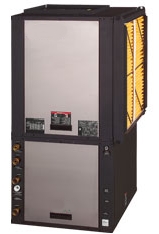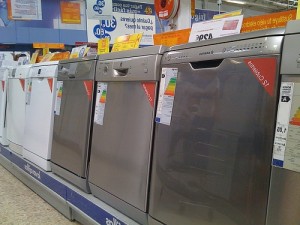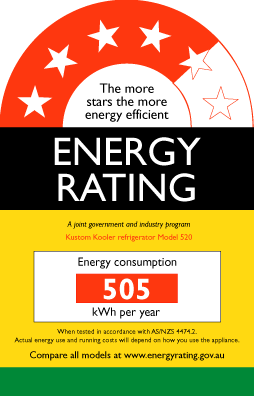Beneath surface of the ground the temperature maintains a greater consistency of temperature through natural insulation, this is more evident the deeper one goes (just 6ft below the land’s surface the temperature fluctuates only 30 degrees Fahrenheit). Tapping into this resource of consistent temperature in order to counter the fluctuations found on the surface is a very green concept and one that requires very little energy.
natural insulation, this is more evident the deeper one goes (just 6ft below the land’s surface the temperature fluctuates only 30 degrees Fahrenheit). Tapping into this resource of consistent temperature in order to counter the fluctuations found on the surface is a very green concept and one that requires very little energy.
Geothermal Heat pump’s (GHP) don’t create heat, they transfer and move it through a series of pipes that move cold air in the winter below to conduct the warmer core temperature, and the reverse in the summer with warm air converting to the cooler temperatures below. This means that the process of heating your home is without the reliance on propane, natural gas or other fossil-fuel sources and are up to 60% cheaper to operate than conventional means.
Due to the complexity of installment and initiation GHP’s are not a feasible DIY project and cost around $3000-$10,000 depending on a number of variables including the size of the house, the estimated heat loss of the house, and the surrounding climate with the average home requiring a system costing $7,000.




